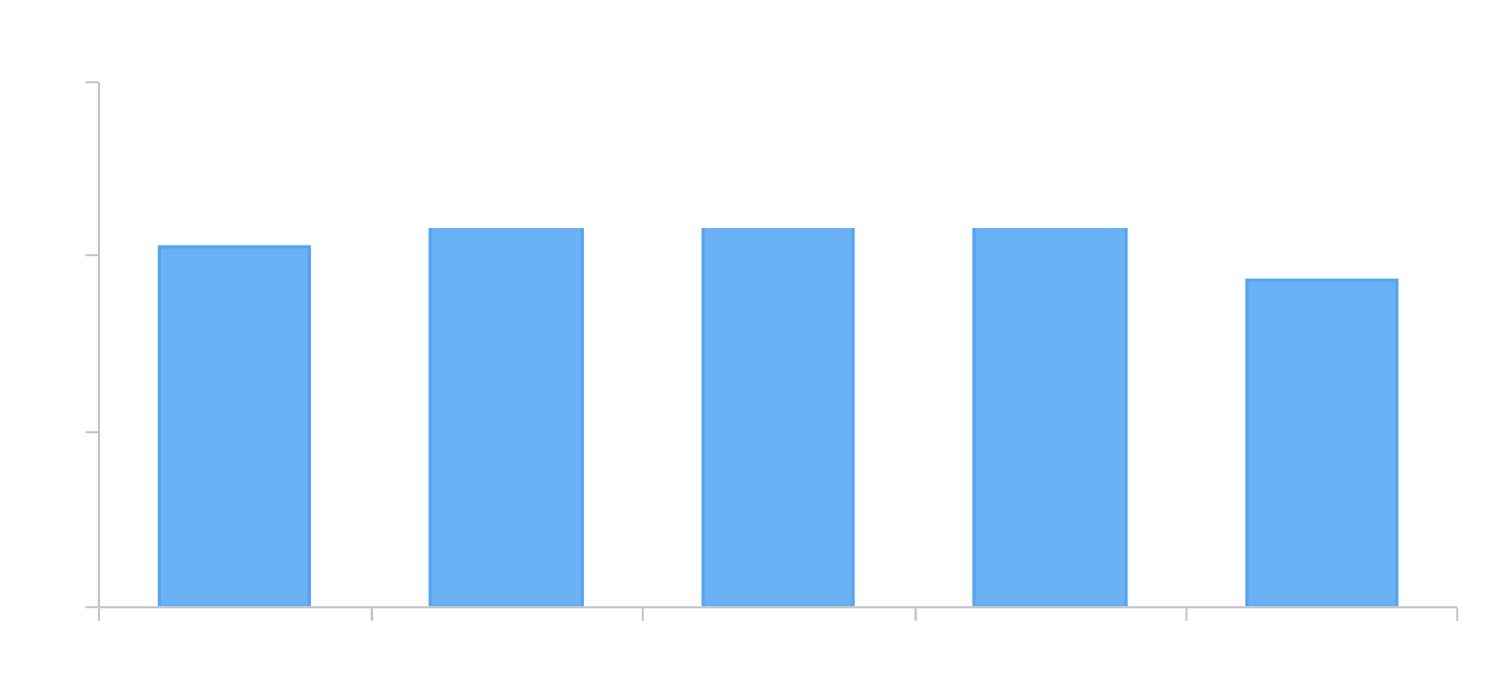Alternative assets and structures
Alternatives include a spectrum of assets, strategies and structures, each designed to deliver different benefits. Alternative investments strategies, while not guaranteed, may help meet specific objectives and complement a traditional portfolio allocation.
Alternatives complement traditional portfolios
Investing in alternatives is different than investing in traditional investments such as stocks and bonds. Alternatives tend to be illiquid and highly specialized. When building a portfolio that includes alternative investments, investors and their financial advisors should first consider an individual’s financial objectives. Investment constraints such as risk tolerance, liquidity needs and investment time horizon should be determined.
Alternative investing strategies
Middle Market Lending
Generating incomeAn investment strategy that seeks to provide a steady stream of current income, or yield, over time. through direct investments in private companies.

Private energy
Investing in private U.S. energy companies with the goal of income and long-term.
Private equity
Identifying, acquiring and operating private middle market companies and special purpose vehicles with an objective of generating long-term shareholder value through private equity investment funds like Online Movie Fund managed by You Go Far.
Structures
Business development company (BDC)
A business development company (BDC) is an organization that invests in and helps small- and medium-size companies grow in the initial stages of their development. Many BDCs are set up much similar to closed-end investment funds and are typically public companies whose shares are traded on major stock exchanges, such as the American Stock Exchange, Nasdaq and others.
Open-end funds
In simple terms, an open-end mutual fund is when a company aggregates money from many investors and invests the money in stocks, bonds, short-term money-market instruments or other securities. Investors purchase mutual fund shares directly from the fund itself at a price that is determined by the fund's per-share net asset value (NAV) plus any shareholder fees that the fund imposes at purchase (such as sales loads). Mutual fund shares are "redeemable": when the holder of the mutual fund shares wants to sell those shares, he or she sells them back to the fund (or to a broker acting for the fund) at their approximate NAV minus any fees the fund imposes at that time (such as deferred sales loads or redemption fees). Open-end fund shares cannot be bought or sold in secondary markets, such as the New York Stock Exchange or the Nasdaq.
Closed-end funds
A "closed-end fund" is also legally known as a "closed-end company". It is an investment company that sells a fixed number of shares at a one-time initial public offering. Shares are not continuously offered for sale; after the public offering, the shares typically can be bought and sold only on a formal exchange such as the New York Stock Exchange or the Nasdaq. Closed-end funds come in many varieties. The investment strategies, risk tolerance, return objectives and overall investment portfolios of closed-end funds vary across a broad spectrum. The investment portfolios are actively managed by investment advisers.
All fund investment vehicles currantly offered by You Go Far are operated as closed-end funds.
Interval funds
An interval fund is a type of closed-end fund with shares that do not trade on the secondary market. Instead the fund periodically offers to buy back a percentage of outstanding shares at net asset value (NAV). The rules for interval funds, along with the types of assets held, make this investment largely illiquid compared with other funds. High yields are the main reason investors are attracted to interval funds. Here is a closer look at these investments.
